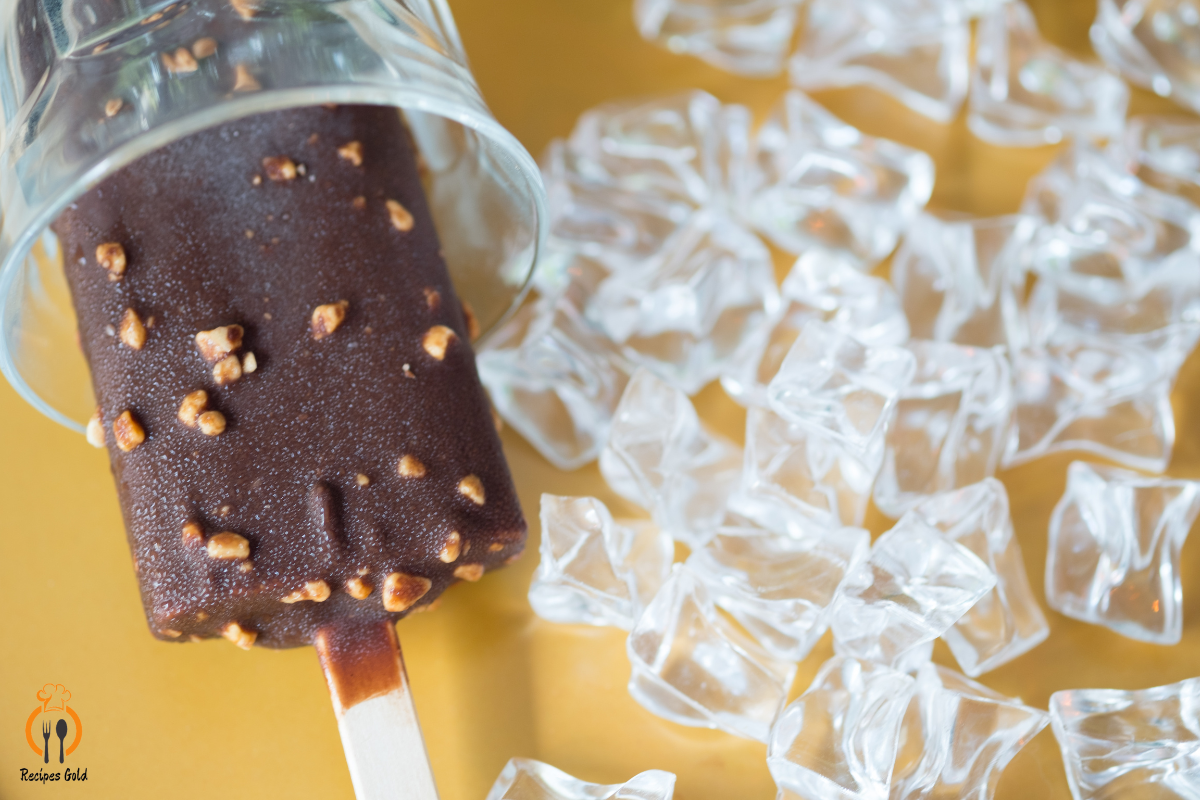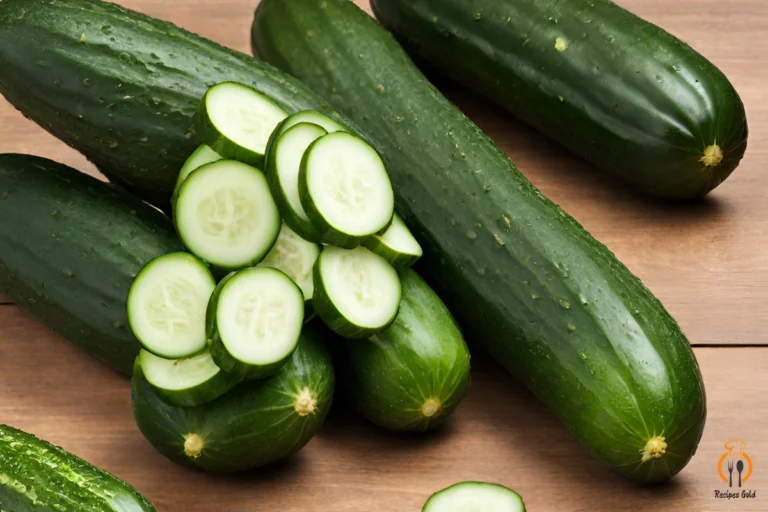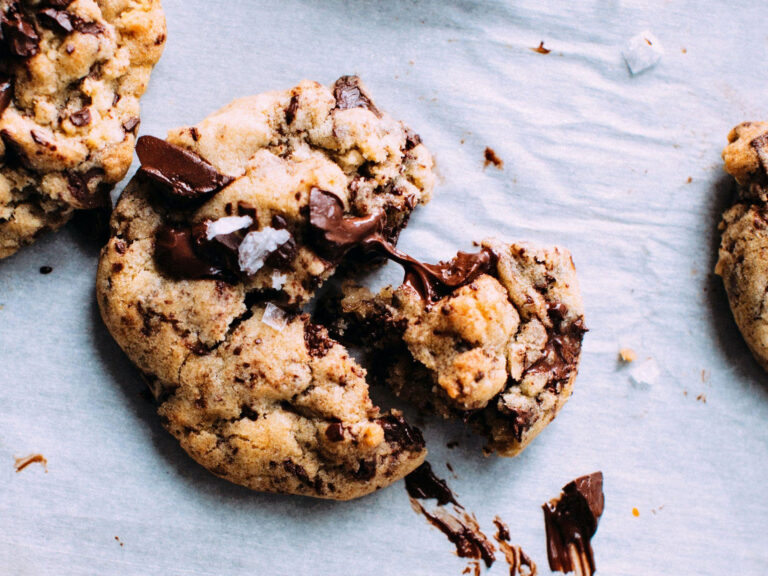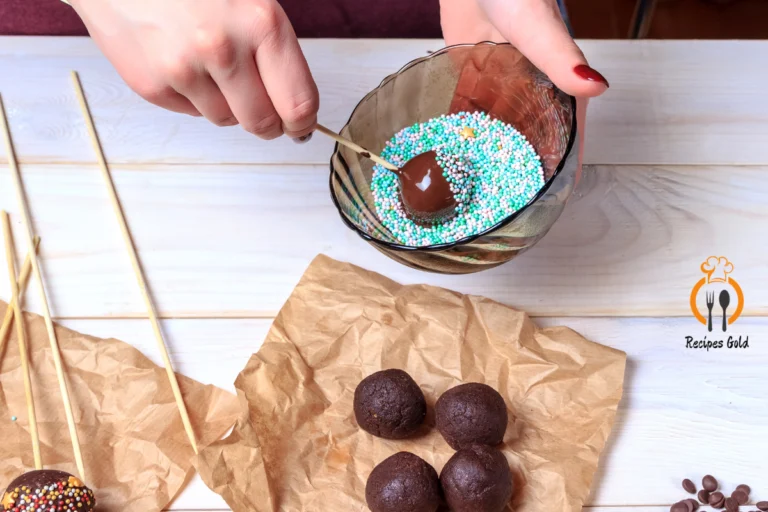Why Do Ice Cube Chocolates Taste Cold? Unraveling the Mystery
Have you ever pondered, “Why do ice cube chocolates taste cold?” This question captures the curiosity of many chocolate enthusiasts who are fascinated by the refreshing sensation unique to ice cube chocolates. In this exploration, we delve into the reasons why ice cube chocolates taste cold, uncovering the science behind their distinctive coolness. The phenomenon of why ice cube chocolates taste cold is not just about their ingredients but also the innovative production techniques that contribute to their chilling effect. As we unravel the mystery of why ice cube chocolates taste cold, we’ll discover how this delightful feature enhances the chocolate-eating experience, making ice cube chocolates a favorite among those who seek a cool twist in their confectionery choices. Join us as we answer the intriguing question: why do ice cube chocolates taste cold, and what makes them so uniquely appealing?
The Chilly Mystery of Ice Cube Chocolates
Understanding the Cold Taste Phenomenon
Have you ever noticed the immediate cooling effect of an ice cube chocolate in your mouth? It’s not magic but science. The secret? A unique blend of fats with a low melting point. These fats, especially partially hydrogenated coconut oil, excel at absorbing body heat. They quickly shift from solid to liquid, pulling heat from your mouth and creating a cold sensation.
The Role of Melting Points
The melting point of an ingredient significantly affects our sensory experience. Ice cube chocolates use fats that melt just below body temperature. Thus, they begin to liquefy as soon as they touch your tongue. This melting process needs energy, which it draws from the warmth of your mouth. As a result, you feel a cool breeze on your palate.
Phase Change and Sensory Experience
Materials absorb a lot of energy during a phase change. This energy absorption is crucial for the cooling sensation of ice cube chocolates. Their shift from solid to liquid is so efficient that it cools your body as it loses heat to the melting chocolate. This interplay of temperature and perception is fascinating. Your body’s heat is consumed by the chocolate, leaving a trail of coolness.
This cooling effect is not just a delight for the taste buds but also a marvel of food science. It shows how temperature and texture significantly influence our culinary experiences. As we explore the ingredients of ice cube chocolates, we’ll learn more about what gives these treats their signature chill.
Understanding the Cold Taste Phenomenon
Key Ingredients and Their Properties
Diving deeper into the heart of ice cube chocolates, we find a fascinating array of ingredients. At the forefront is partially hydrogenated coconut oil. This oil is a game-changer due to its low melting point. It melts just below the human body temperature, making it perfect for creating that signature cooling effect. But why does this matter?
The Science of Fats
Fats like coconut oil are crucial in confectionery for their texture and melting properties. The unique structure of partially hydrogenated fats allows them to change phase at just the right temperature. This means they start melting the moment they hit your tongue, absorbing heat and creating a cooling sensation.
Nutritional Considerations
While we revel in the cool taste of ice cube chocolates, it’s also important to consider their nutritional content. The main ingredient, coconut oil, is rich in certain fats that can influence health. However, when enjoyed in moderation, ice cube chocolates can be a delightful treat that fits into a balanced diet.
This exploration of ingredients not only satisfies our curiosity but also highlights the careful balance between indulgence and health. As we move forward, we’ll delve into the manufacturing process that shapes these cool treats, revealing the art and science behind every bite.
Crafting the Coolness
From Beans to Ice Cubes
The journey from cocoa beans to the final ice cube chocolate is a meticulous process that ensures each piece delivers that unique cooling sensation. It all starts with the selection of high-quality cocoa beans, which are then fermented, dried, and roasted to develop their rich flavors. But the real magic happens during the blending and conching stages.
Blending and Conching: A Temperature Tale
During blending, manufacturers carefully mix cocoa solids with cocoa butter and the key ingredient, partially hydrogenated coconut oil. This blend is crucial for achieving the desired melting point. Conching, a process of heating and mixing chocolate, further refines the texture and flavor. It’s during these stages that the chocolate’s ability to melt at body temperature is perfected, setting the stage for that cool taste sensation.
Quality Control and Consistency
Ensuring each batch of ice cube chocolates maintains the signature cooling effect requires rigorous quality control. Temperature and texture are closely monitored, with adjustments made as necessary to keep the melting point consistent. This attention to detail ensures that every piece of ice cube chocolate provides the same delightful experience.
Through this intricate manufacturing process, ice cube chocolates emerge as a masterpiece of culinary science. Next, we’ll explore the consumer experience, delving into why this unique cooling effect has such a strong appeal and how it has captivated chocolate lovers around the world.
The Allure of Ice Cube Chocolates
Psychological and Sensory Appeal
The unique cooling sensation of ice cube chocolates does more than just tantalize the taste buds; it plays a fascinating role in their psychological appeal. This unexpected chill in a sweet treat triggers a delightful surprise in our sensory experience, enhancing the overall enjoyment. It’s a perfect example of how our senses of taste and temperature intertwine, creating a memorable moment with every bite.
Varieties and Innovations
Innovation doesn’t stop at the cooling sensation. Ice cube chocolates come in various flavors, each adding a new dimension to their appeal. From classic milk chocolate to rich dark chocolate and even versions infused with mint or fruit flavors, there’s a variety to satisfy every palate. These innovations keep consumers coming back for more, eager to explore the different tastes and sensations.
The allure of ice cube chocolates lies not just in their unique taste but in the experience they offer. It’s a blend of anticipation, surprise, and satisfaction that makes them stand out in the crowded world of confections. As we move to the next section, we’ll answer some frequently asked questions, shedding light on common curiosities and concerns about these intriguing treats.
Sustainability and Future Trends in Ice Cube Chocolate Production
As we delve deeper into the realm of ice cube chocolates, it’s essential to consider the broader implications of their production, both for the environment and for future confectionery innovations. The sustainability of ingredients and the innovative trends shaping the future of these delightful treats are crucial aspects that deserve our attention.
Sourcing Sustainable Ingredients
The journey of an ice cube chocolate from bean to bar is not just about taste and texture; it’s also about the impact on the planet. Sustainable sourcing of cocoa and coconut oil, the key ingredients in ice cube chocolates, plays a significant role in ensuring the longevity and ethical responsibility of chocolate production. Efforts to use cocoa from fair trade and organic farms help support sustainable farming practices and improve the livelihoods of farmers.
Innovations in Chocolate Making
The confectionery industry is no stranger to innovation, and ice cube chocolates are at the forefront of this movement. From experimenting with alternative fats that mimic the melting properties of partially hydrogenated oils without the health concerns, to incorporating flavors that appeal to a global palate, the future of ice cube chocolates is as exciting as it is delicious. These innovations not only enhance the sensory experience but also respond to consumers’ growing interest in health and sustainability.
The Role of Technology
Advancements in food technology are set to revolutionize the way we experience ice cube chocolates. Techniques like precision tempering and molecular gastronomy can create chocolates with even more pronounced cooling effects or entirely new textures. As technology evolves, so too will the possibilities for these unique treats, offering consumers an ever-expanding array of sensory delights.
Embracing the Future
The future of ice cube chocolates is bright, with sustainability and innovation leading the way. As consumers become more conscious of the environmental and health impacts of their food choices, the confectionery industry is adapting, ensuring that ice cube chocolates can be enjoyed by generations to come. With each new development, these chocolates continue to surprise and delight, proving that even the smallest treat can have a significant impact.
As we close this additional chapter in our exploration of ice cube chocolates, we’re reminded of the importance of looking forward, not just to the next delicious bite but to the future of food itself. Ice cube chocolates, with their unique blend of tradition and innovation, are a testament to the endless possibilities that await in the world of culinary delights.
Answering Your Chilly Questions
Ice cube chocolates, with their unique cooling effect, naturally spark curiosity. Here are answers to some frequently asked questions that might help deepen your understanding and appreciation of these delightful treats.
Why do ice cube chocolates melt so quickly?
The secret lies in their composition. Partially hydrogenated coconut oil, a key ingredient, has a melting point slightly below human body temperature. This means as soon as the chocolate touches your tongue, it begins to melt, absorbing heat and creating that signature cold sensation.
Are ice cube chocolates healthy?
Like all treats, moderation is key. Ice cube chocolates contain fats and sugars, contributing to their delicious taste. Enjoying them as part of a balanced diet allows you to savor their unique experience without overindulgence.
Can I make ice cube chocolates at home?
While the specific blend of fats used in commercial ice cube chocolates might be hard to replicate, you can experiment with recipes that use coconut oil to achieve a similar melting effect. The joy of making your own chocolates is in the experimentation and the personal touch you can add.
Do ice cube chocolates actually lower body temperature?
The cooling sensation is more of a sensory experience than a physical decrease in body temperature. The phase change of the fats used in the chocolate absorbs heat from your mouth, creating a feeling of coolness, but it doesn’t significantly affect your overall body temperature.
These FAQs highlight the intrigue and enjoyment that ice cube chocolates bring to the world of sweets. Their unique blend of flavor, texture, and temperature play makes them a fascinating subject for both confectionery lovers and curious minds alike. As we wrap up our exploration, let’s reflect on the enduring chill of ice cube chocolates and their special place in the confectionery world.
The Enduring Chill of Ice Cube Chocolates
As we conclude our journey into the world of ice cube chocolates, it’s clear these treats offer more than just a sweet indulgence. They represent a delightful intersection of science and sensory pleasure, where temperature and taste combine to create a unique experience. The cooling sensation that defines ice cube chocolates is a testament to the innovative spirit of confectionery, pushing the boundaries of what’s possible in a piece of chocolate.
A Treat to be Savored
Ice cube chocolates invite us to slow down and savor the moment. Each bite is a reminder of the joy found in the unexpected—a cool surprise in a warm treat. They encourage us to explore the wide range of sensory experiences food can offer, beyond just flavor.
Continuing the Chocolate Adventure
The story of ice cube chocolates doesn’t end here. They are but one chapter in the vast and varied world of chocolate. Each variety, from the darkest of dark chocolates to the creamiest of milk chocolates, has its own story, its own unique blend of ingredients, and its own special way of bringing a little more sweetness into our lives.
Parting Words
Ice cube chocolates stand out in the crowded world of sweets for their ability to surprise and delight. They remind us of the simple pleasures in life and the endless possibilities that come from combining creativity with culinary science. As you enjoy your next piece of ice cube chocolate, take a moment to appreciate the journey it’s been on, from cocoa bean to the cool sensation on your tongue.
Thank you for joining us on this exploration of ice cube chocolates. May your days be filled with delicious discoveries and the sweet, cool moments that make life a bit more enjoyable.
You’ve now reached the end of our detailed exploration into the world of ice cube chocolates. From understanding the science behind their unique cooling sensation to delving into the ingredients that make them so special, and appreciating the artistry involved in their creation, we’ve covered a wide range of topics. We’ve also addressed common questions and encouraged you to think about these chocolates in the context of a balanced diet and culinary adventure.
As you move forward, perhaps inspired to try making your own version of ice cube chocolates or simply more informed about what makes them such a delightful treat, remember the joy of discovery in the world of food. The exploration of ice cube chocolates is just one example of how culinary curiosity can enrich our lives, offering new tastes, textures, and experiences.
Thank you for joining this journey into the cool, refreshing world of ice cube chocolates. May your culinary adventures continue to bring you joy, surprise, and, of course, a little bit of sweetness.







